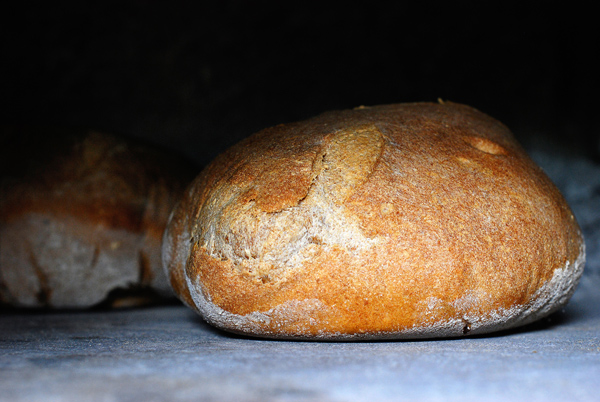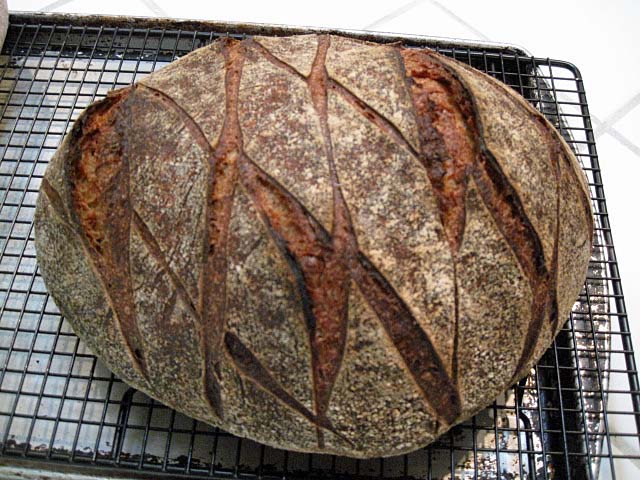Baking Bread in a Woodfired Oven: the Basics

I baked some lovely loaves in my oven the other day, and as I slid that smoky, crusty bread out and onto cooling racks, I couldn't help thinking of those old European bakers, who've been baking with fire for hundreds of years. The limited size of my oven, however, has led me to adopt some measures that may or may not be part of that tradition. They work for me, and they might work for you too.
To make it simple, I’ll break it down.
- Log in or register to post comments
- 7 comments
- View post
- sortachef's Blog

